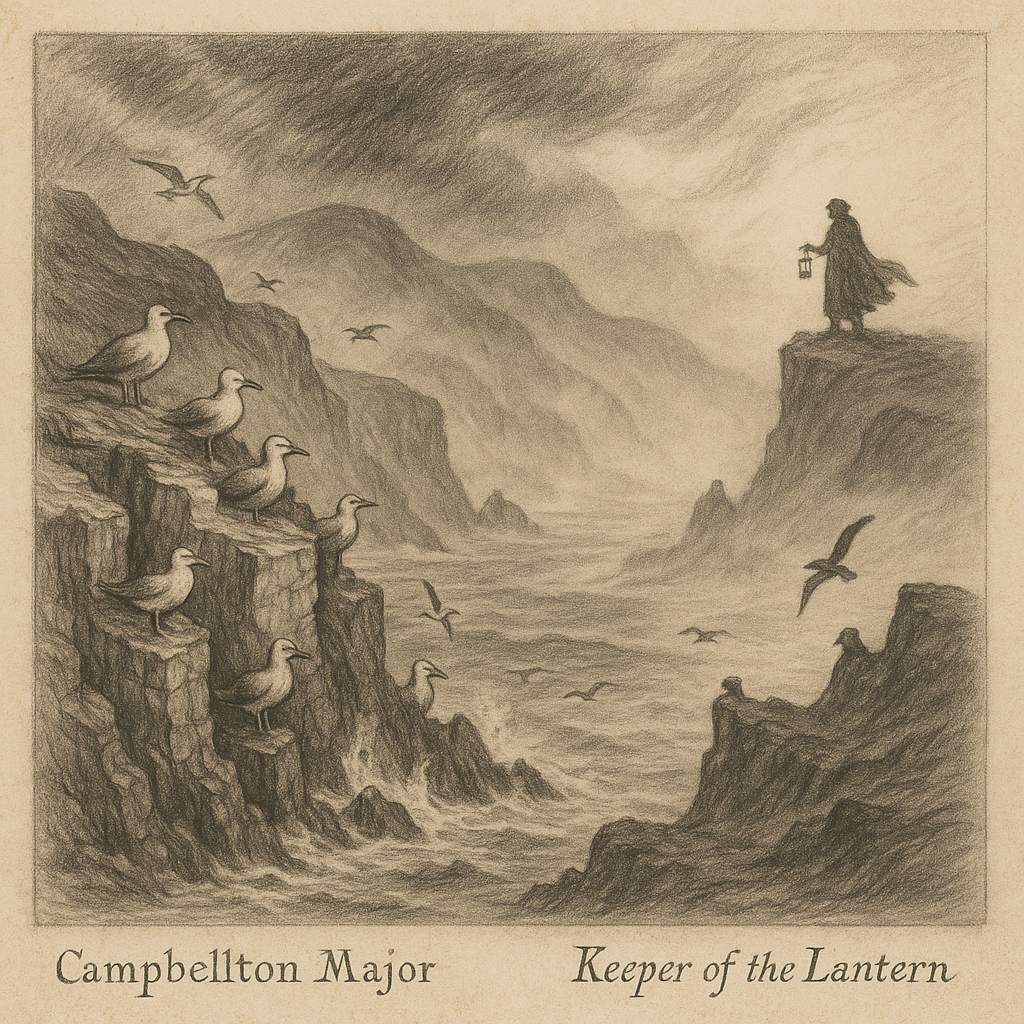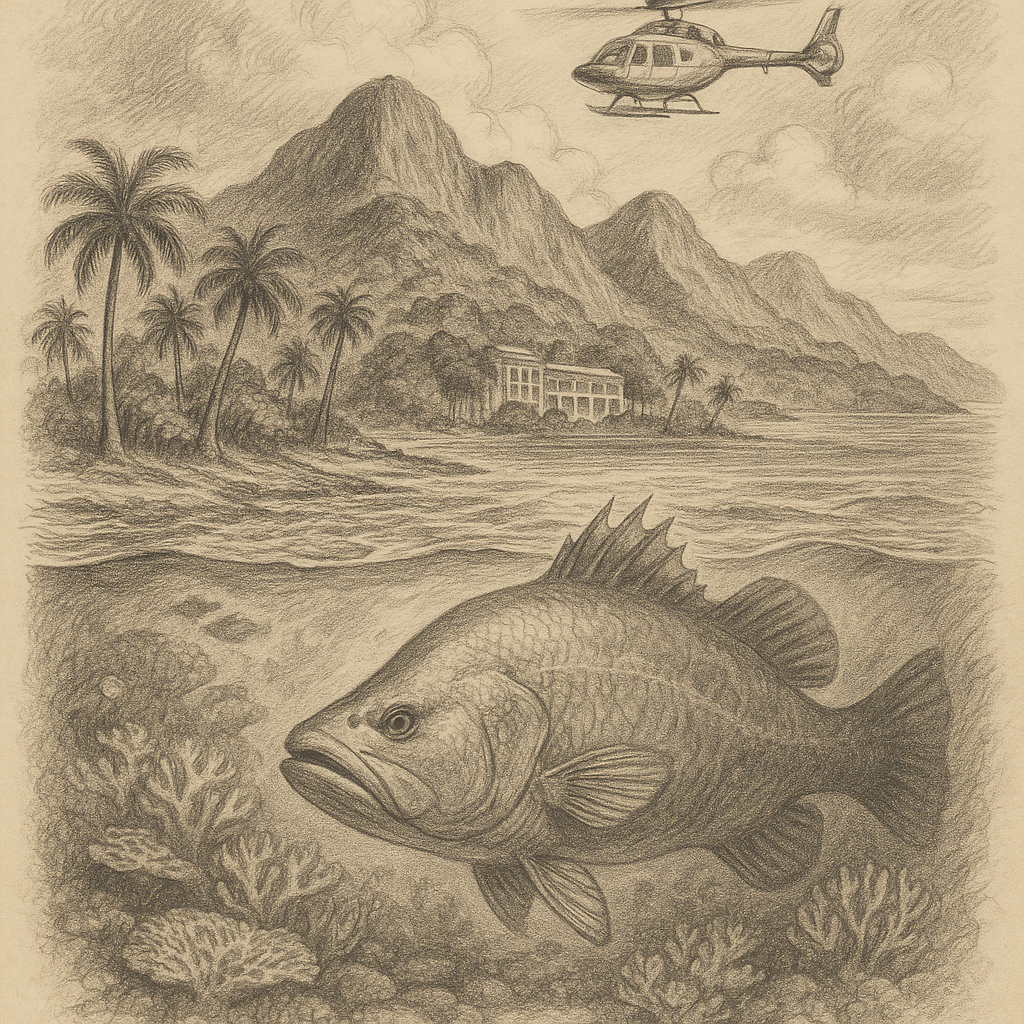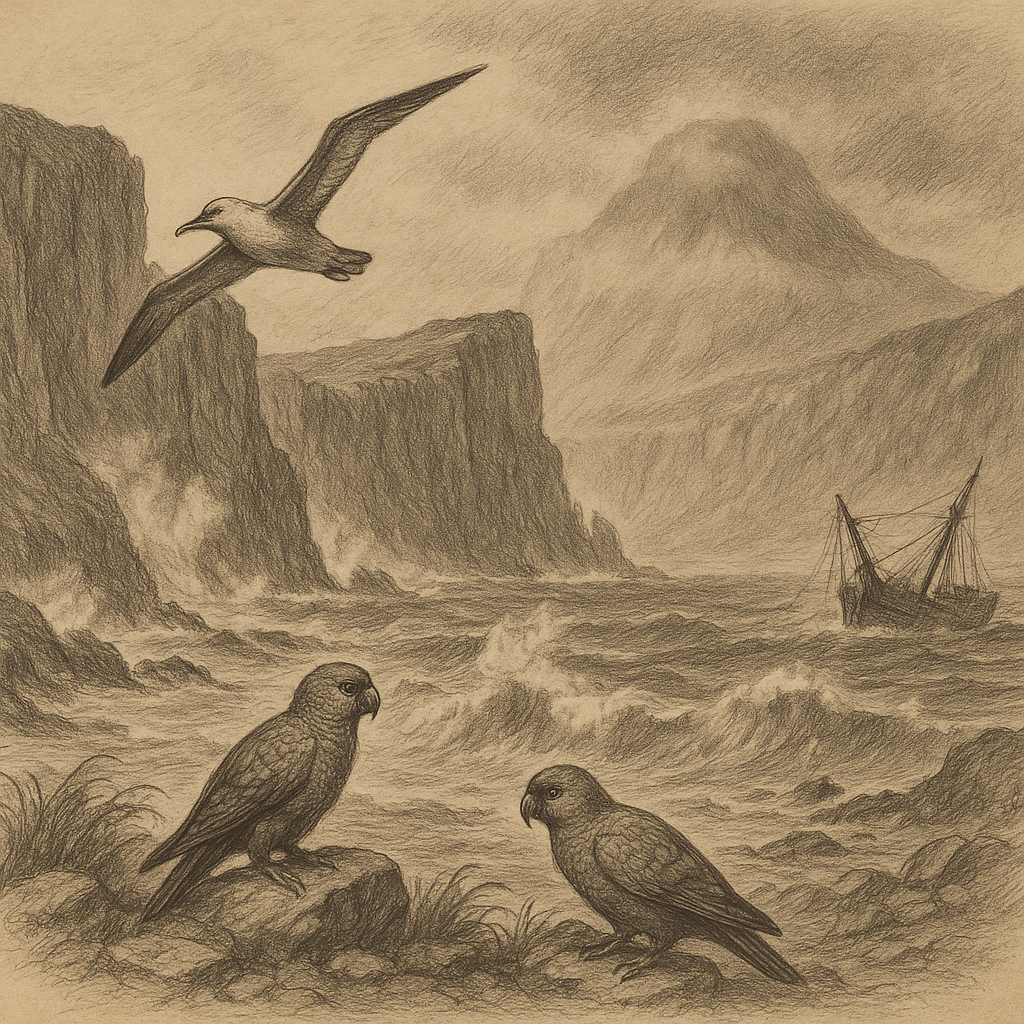Introduction Campbellton Major Island is a remote and mysterious island located far from bustling human settlements and known for its isolation, untouched nature, and enigmatic history. It lies in the northern reaches of the Labrador Sea, off the coast of Newfoundland and Labrador, Canada. Though largely unknown to the general public, Campbellton Major Island has captured the imagination of adventurers, scientists, and storytellers with its rugged landscape, rich biodiversity, and legends that have been passed down through generations of mariners. Location and Geography Campbellton Major Island is situated approximately 40 kilometers off the coast of Newfoundland, nestled amidst a cluster of smaller islets in the Labrador Sea. It spans an area of roughly 26 km², with a terrain that includes low hills, jagged rocky outcrops, and dense forested areas. Its highest point rises to around 370 meters, offering sweeping views of the northern Atlantic, often shrouded in low-hanging fog and relentless coastal winds. The island is accessible only by sea, typically through specialized marine vessels launched from the mainland town of Campbellton, after which the island was named. Due to its remote location and unpredictable weather patterns, visits are rare and often limited to scientific research expeditions and ecological surveys. Geological Origins Campbellton Major Island is of Precambrian origin, part of the ancient Canadian Shield that forms the geological backbone of Eastern Canada. Composed primarily of gneiss and granite, the island bears evidence of glacial sculpting from the last Ice Age, including smoothed rock surfaces and deep erratic boulder fields. It lacks any significant volcanic history but shows signs of seismic activity due to the slow tectonic movement of the North American Plate. While the island does not possess the dramatic volcanic features of newer islands in tectonically active zones, its rugged terrain tells a story of profound geological endurance, shaped over hundreds of millions of years. Climate and Ecosystem The island experiences a subarctic-maritime climate, characterized by cold, snowy winters and cool, damp summers. Average annual precipitation reaches approximately 1200 mm, with persistent cloud cover and frequent fog. These weather conditions have played a vital role in creating a specific micro-ecosystem unique to the island. Campbellton Major Island hosts a mixture of boreal and coastal tundra ecosystems. Thick mats of mosses, lichens, and resilient shrubs dominate the landscape, interspersed with patches of black spruce and tamarack trees. The fauna includes several endemic bird species and plentiful marine life in the surrounding waters, including seals, sea birds, and migrating whales. It is considered an Important Bird Area (IBA), home to colonies of Atlantic puffins, razorbills, and storm petrels. During the breeding season, the inland cliffs – often difficult to access – come alive with cries and activity, making the island a critical haven for seabirds. Human Interaction and Conservation Efforts Despite the allure of its natural beauty, Campbellton Major Island has never supported a permanent human settlement. Historical records indicate occasional visits by Indigenous peoples and later by European fishermen and cartographers. In the 19th century, several failed attempts were made to utilize the island as a cod drying station, but harsh weather and isolation proved too formidable. Currently, the island is uninhabited and designated as a protected ecological reserve under the stewardship of Parks Canada. Access is tightly regulated and requires special permits, typically granted for academic, ecological, or conservation-related purposes. Conservation efforts include the eradication of invasive species such as the Norway rat, once inadvertently introduced by early explorers, and the protection of seabird nesting areas. Treading lightly is central to any human activity on Campbellton Major Island. This untouched character makes it invaluable for climate research and modeling undisturbed subarctic ecosystems. Points of Interest and Natural Wonders Despite its size and remoteness, Campbellton Major Island is replete with natural wonders. One of the island’s most notable features is the Cradle Basin, a glacially carved depression enclosed by rugged hills and a network of freshwater streams. It supports a diverse array of amphibian life, which is unusual for a maritime island of this latitude. Another notable location is Whispering Point, a coastal promontory known for peculiar acoustic phenomena caused by the interaction of wind and jagged rock formations. Visitors report eerie hums and howling sounds even on relatively calm days, adding to the island’s enigmatic reputation. The surrounding waters have also drawn attention for their seasonal bioluminescence — a rare phenomenon in such cold climates. On clear summer nights, swimmers and boaters have reported the sea glowing with the movement of microscopic plankton, turning the waves into curling rivers of light. Legends and Lore Campbellton Major Island is shrouded in folklore and legends, passed down by generations of fishermen and travelers along Newfoundland’s northern coast. One of the most enduring tales is that of “The Lantern Keeper” — a spectral figure said to roam the island’s shores with a glowing lantern, guiding lost ships to safety or, in darker versions, luring them to doom on treacherous rocks. Another popular legend tells of a buried Norse treasure hidden somewhere within the island’s Cradle Basin, a theory supported by unconfirmed sightings of runic inscriptions and ancient tools unearthed after storms. While mainstream historians are skeptical, amateur explorers occasionally seek to unlock the island’s secrets, only to be thwarted by weather, terrain, or eerie coincidences. Local Indigenous oral histories also refer to the island as a spiritual threshold — a place where the worlds of humans and spirits converge. Some elders believe the island is watched over by ancient guardians, warning that prolonged stays may invite misfortune or madness. Conclusion Campbellton Major Island remains one of the last true wildernesses in the North Atlantic. With its raw natural beauty, fascinating biodiversity, and captivating legends, it offers a rare glimpse into a world untouched by modern development. While the island’s isolation keeps it out of the public eye, those who’ve visited or studied it speak of a landscape that changes them — a place where time slows, stories breathe, and nature reigns supreme. As conservation efforts continue, it is hoped that Campbellton Major Island will remain a sanctuary — both for its wildlife and for the human imagination.

Campbellton Major Island
Do you like my work? Buy Me A Coffee
Do you like my work? Buy Me A Coffee
-

Campbellton Major Island
Introduction Campbellton Major Island is a remote and mysterious island located far from bustling human settlements and known for its isolation, untouched nature, and enigmatic history. It lies in the northern reaches of the Labrador Sea, off the coast of Newfoundland and Labrador, Canada. Though largely unknown to the general public, Campbellton Major Island has…
-

Hayman Island
Hayman Island: A Tropical Jewel of the Whitsundays Hayman Island is the northernmost of the Whitsunday Islands, nestled in the heart of Australia’s Great Barrier Reef. This secluded island paradise boasts not only pristine beaches and luxurious resorts, but also a rich natural history and fascinating local legends. Geographic Location and Natural Features Positioned in…
-

Antipodes Island
Antipodes Island: A Remote Wildlife Sanctuary in the Southern Ocean Antipodes Island, part of the New Zealand Subantarctic Islands, lies deep in the Southern Ocean — one of the most remote and inhospitable regions on Earth. Despite its isolation, this rugged, windswept island harbors a unique ecosystem and a mysterious history filled with perilous shipwrecks…
by
Tags: